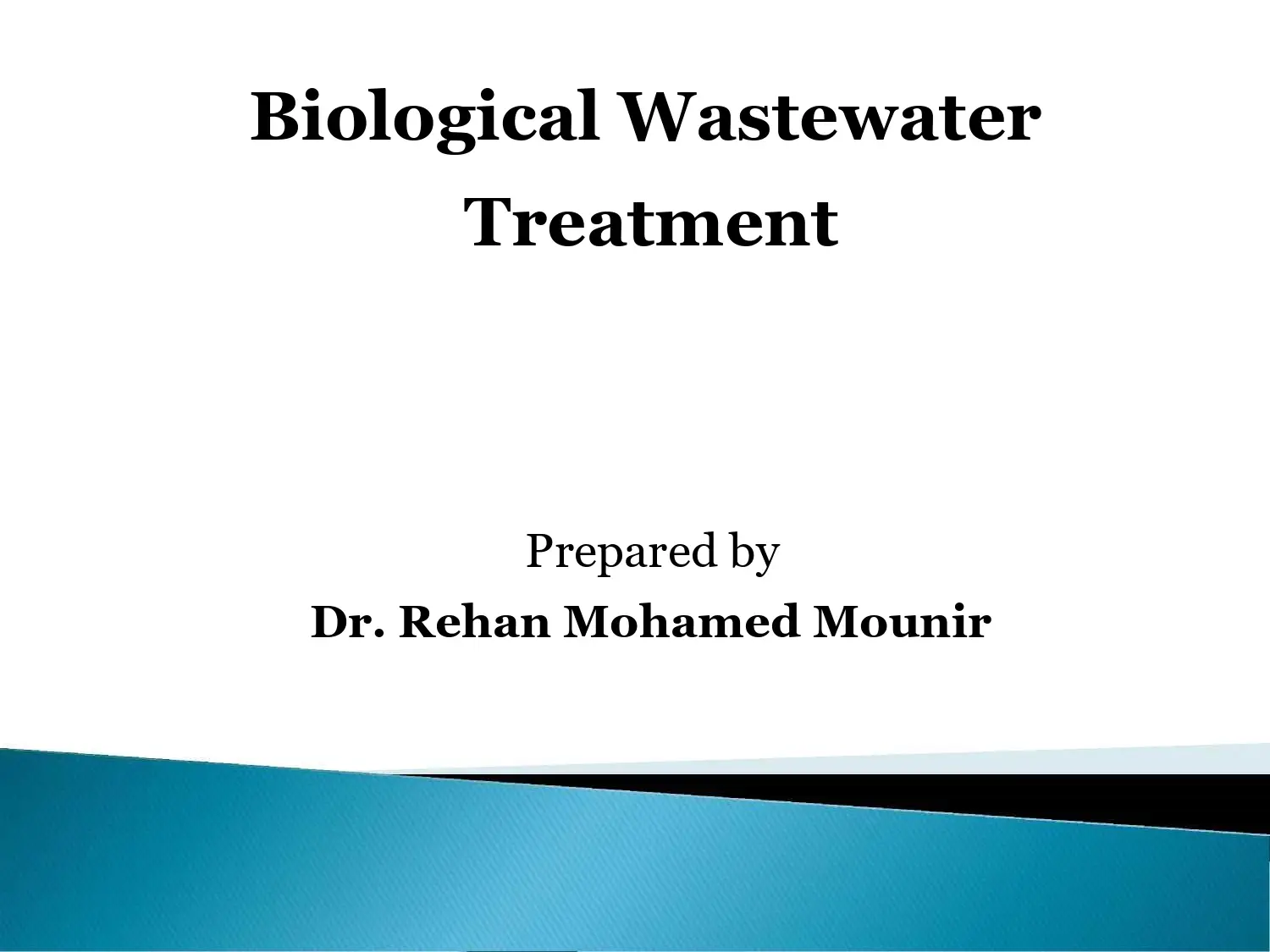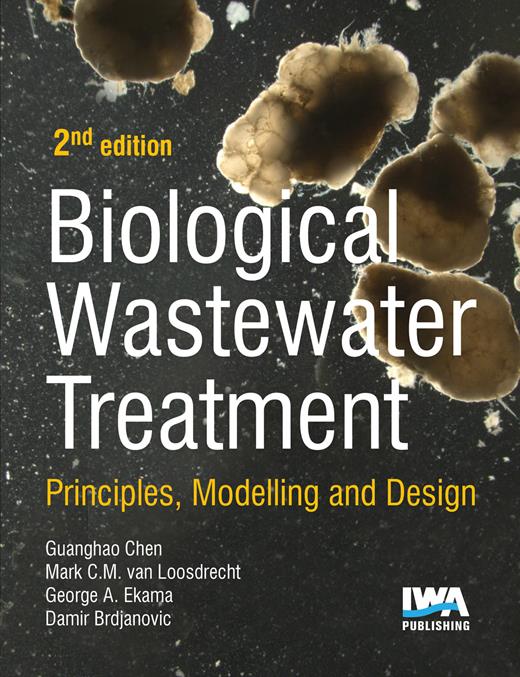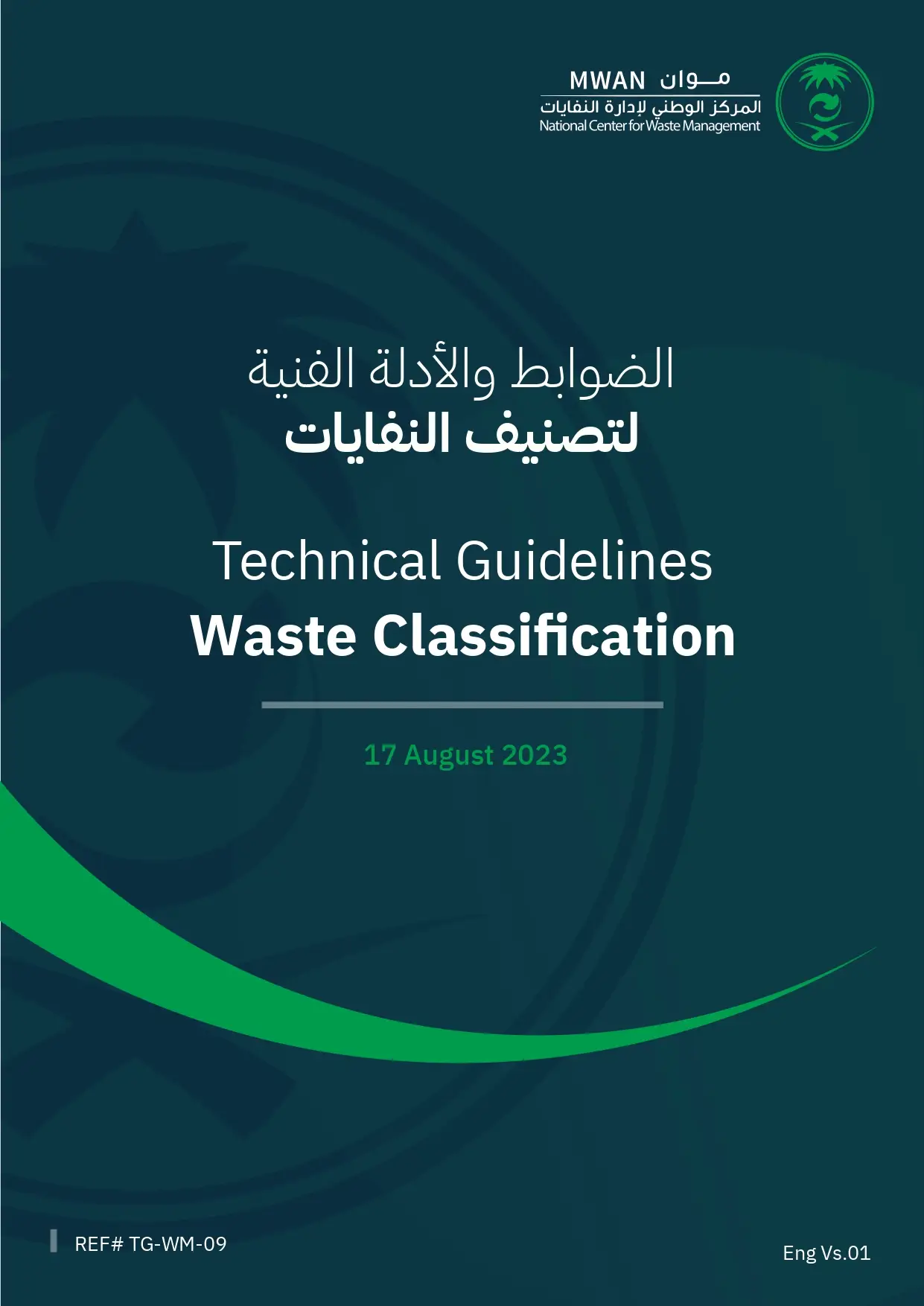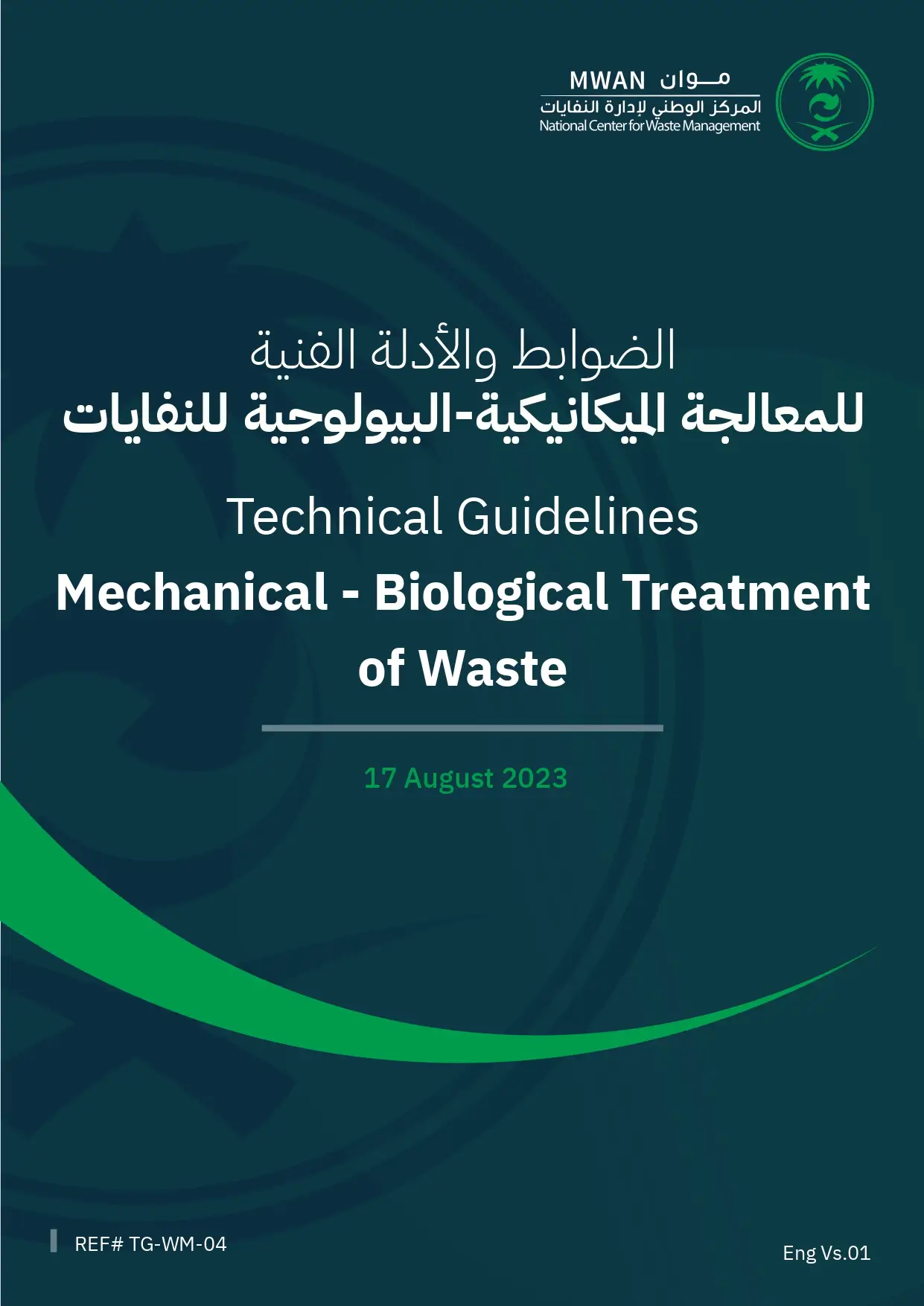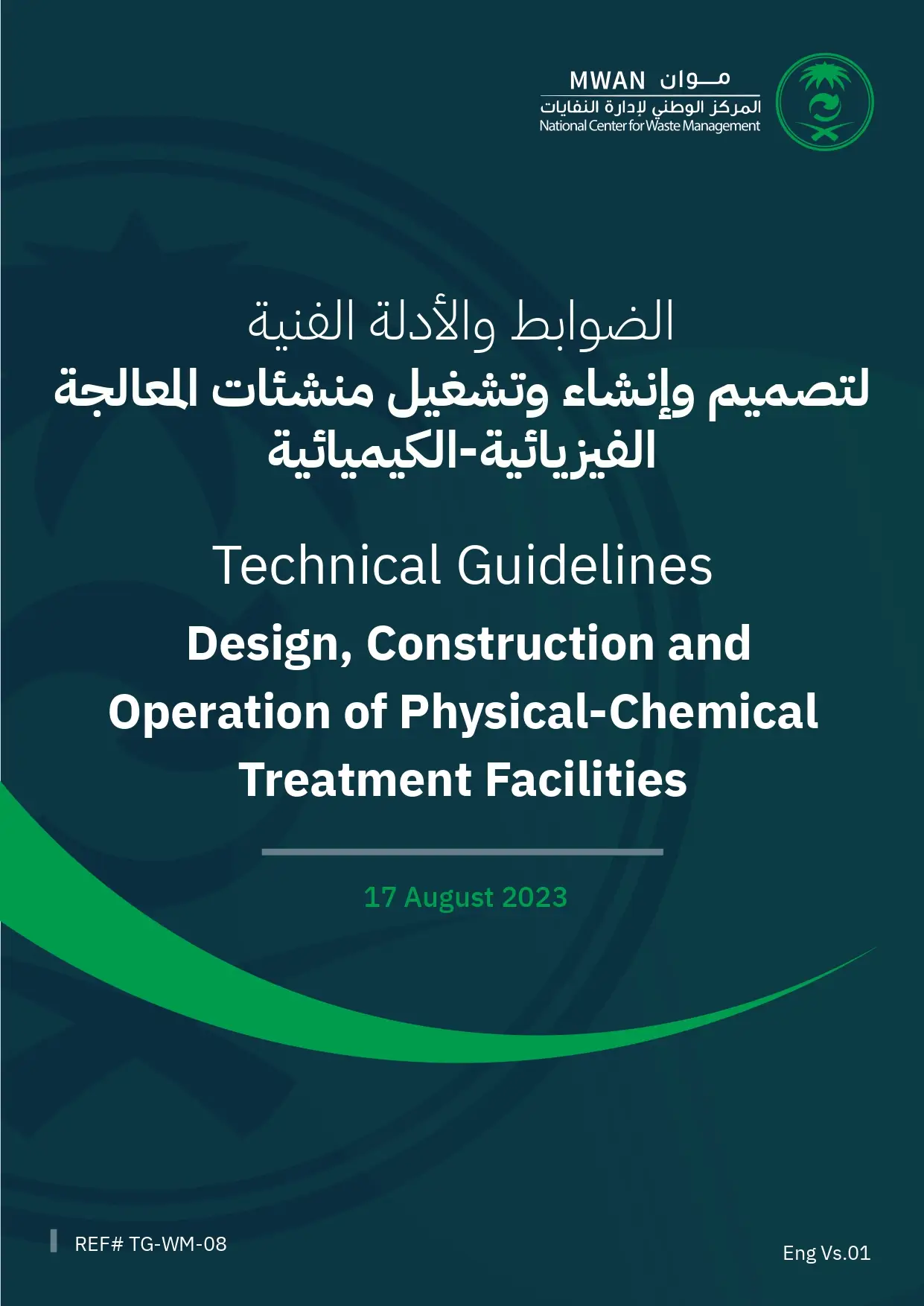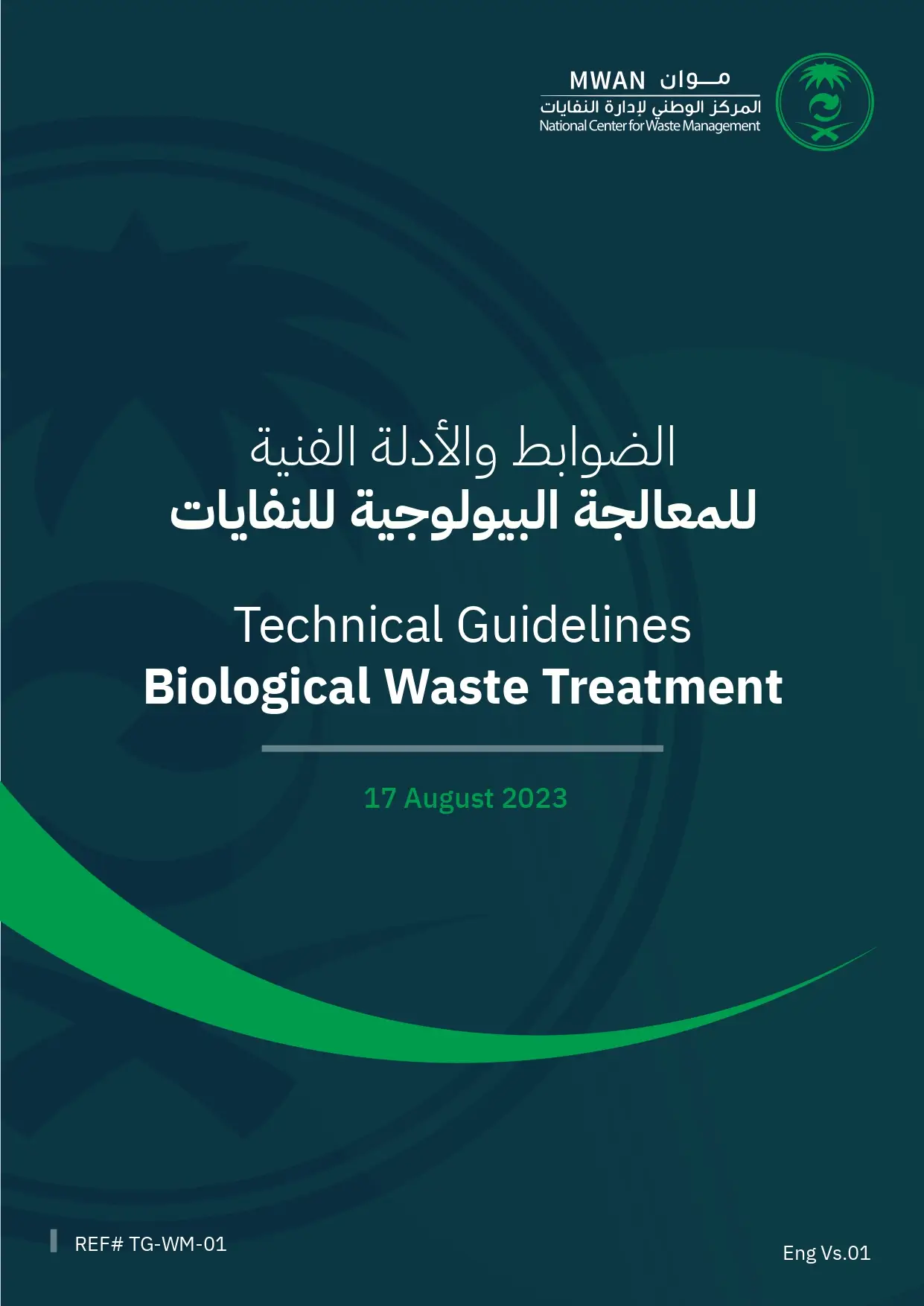Guide to Sanitation Resource Recovery Books & Technologies
Background
The world is currently undergoing a paradigm shift towards a circular society in which resources are recovered and reused rather than discarded. The global population has surpassed seven billion people, and rapid urbanisation in many areas is putting a significant strain on our ability to provide basic services to all. The Sustainable Development Goals highlight the fact that millions still lack access to food, healthcare, water and sanitation. At the same time, it is increasingly evident that we are consuming the Earth’s resources and releasing waste into the environment in an unsustainable manner. The resulting effects on climate change, biodiversity loss and changing nutrient cycles threaten to over-step critical planetary boundaries. Crossing these boundaries has the potential to cause irreversible environmental change and to threaten the ability of humanity to develop and thrive. Sanitation systems manage carbon, nutrient and water flows, which are key resource flows that affect the planetary boundaries and thus should be recovered and recirculated instead of being released into the environment. Increasing resource recovery within our sanitation systems can play a critical role in shifting to a more sustainable society.
Guide to Sanitation Resource Recovery Books & Technologies
Background
The world is currently undergoing a paradigm shift towards a circular society in which resources are recovered and reused rather than discarded. The global population has surpassed seven billion people, and rapid urbanisation in many areas is putting a significant strain on our ability to provide basic services to all. The Sustainable Development Goals highlight the fact that millions still lack access to food, healthcare, water and sanitation. At the same time, it is increasingly evident that we are consuming the Earth’s resources and releasing waste into the environment in an unsustainable manner. The resulting effects on climate change, biodiversity loss and changing nutrient cycles threaten to over-step critical planetary boundaries. Crossing these boundaries has the potential to cause irreversible environmental change and to threaten the ability of humanity to develop and thrive. Sanitation systems manage carbon, nutrient and water flows, which are key resource flows that affect the planetary boundaries and thus should be recovered and recirculated instead of being released into the environment. Increasing resource recovery within our sanitation systems can play a critical role in shifting to a more sustainable society.
Basic Principles of Wastewater Treatment (Volume 2)
The present series of books has been produced based on the book “Biological wastewater treatment in warm climate regions”, written by the same authors and also published by IWA Publishing. The main idea behind this series is the subdivision of the original book into smaller books, which could be more easily purchased and used. The implementation of wastewater treatment plants has been so far a challenge for most countries. Economical resources, political will, institutional strength and cultural background are important elements defining the trajectory of pollution control in many countries. Technological aspects are sometimes mentioned as being one of the reasons hindering further developments. However, as shown in this series of books, the vast array of available processes for the treatment of wastewater should be seen as an incentive, allowing the selection of the most appropriate solution in technical and economical terms for each community or catchment area.
Basic Principles of Wastewater Treatment (Volume 2)
The present series of books has been produced based on the book “Biological wastewater treatment in warm climate regions”, written by the same authors and also published by IWA Publishing. The main idea behind this series is the subdivision of the original book into smaller books, which could be more easily purchased and used. The implementation of wastewater treatment plants has been so far a challenge for most countries. Economical resources, political will, institutional strength and cultural background are important elements defining the trajectory of pollution control in many countries. Technological aspects are sometimes mentioned as being one of the reasons hindering further developments. However, as shown in this series of books, the vast array of available processes for the treatment of wastewater should be seen as an incentive, allowing the selection of the most appropriate solution in technical and economical terms for each community or catchment area.
Biological Wastewater Treatment
The first edition of this book was published in 2008 and it went on to become IWA Publishing’s bestseller. Clearly there was a need for it because over the twenty years prior to 2008, the knowledge and understanding of wastewater treatment had advanced extensively and moved away from empirically-based approaches to a fundamental first-principles approach based on chemistry, microbiology, physical and bioprocess engineering, mathematics and modelling.
Biological Wastewater Treatment
The first edition of this book was published in 2008 and it went on to become IWA Publishing’s bestseller. Clearly there was a need for it because over the twenty years prior to 2008, the knowledge and understanding of wastewater treatment had advanced extensively and moved away from empirically-based approaches to a fundamental first-principles approach based on chemistry, microbiology, physical and bioprocess engineering, mathematics and modelling.



